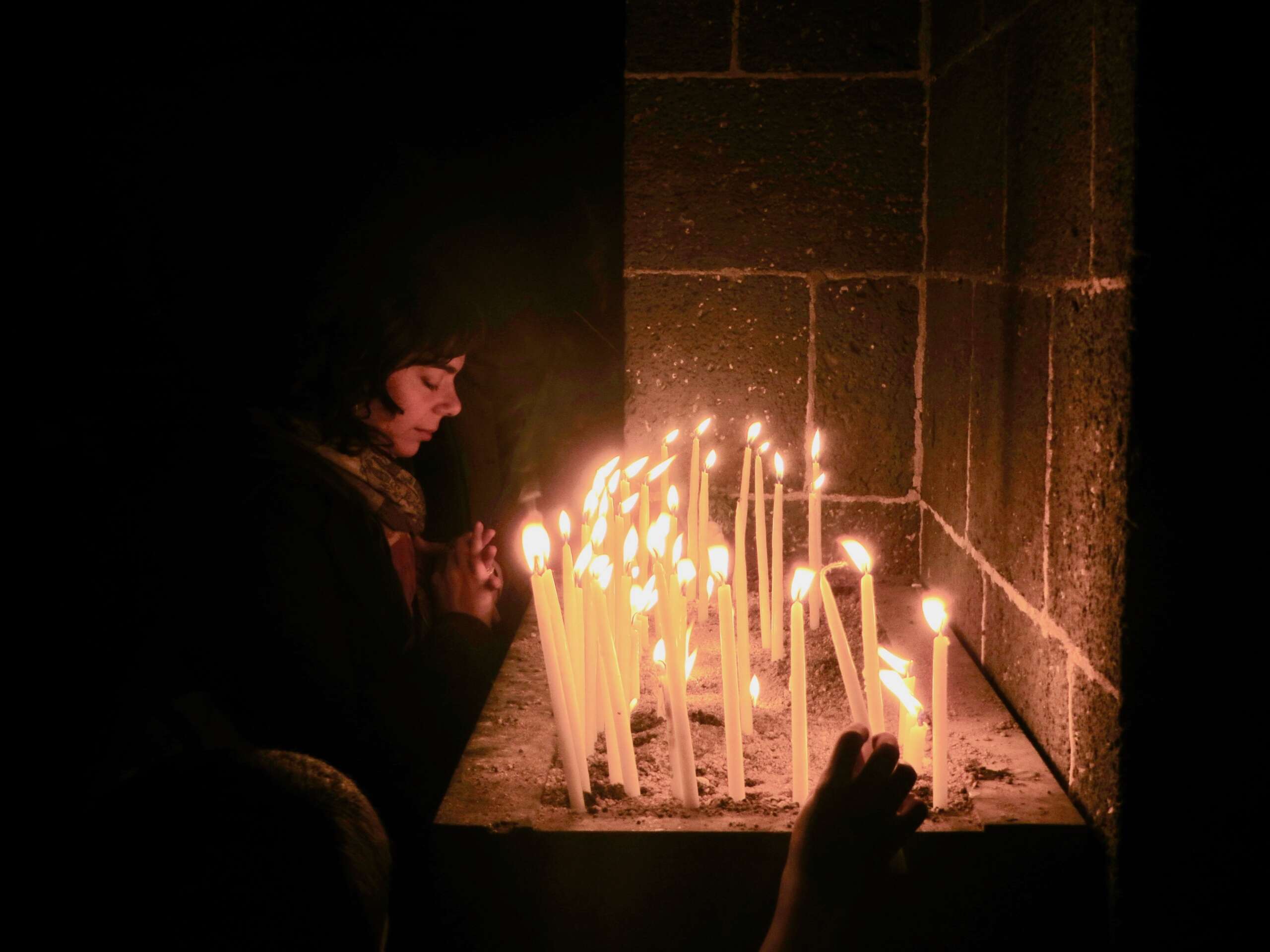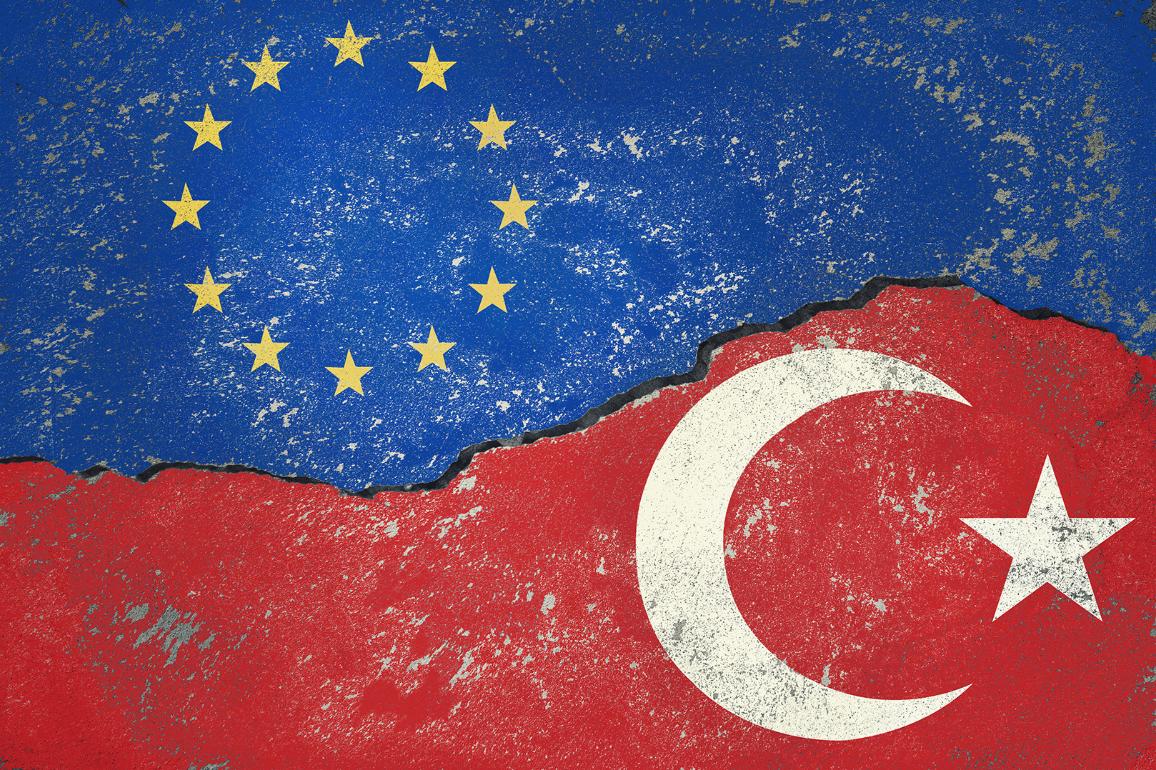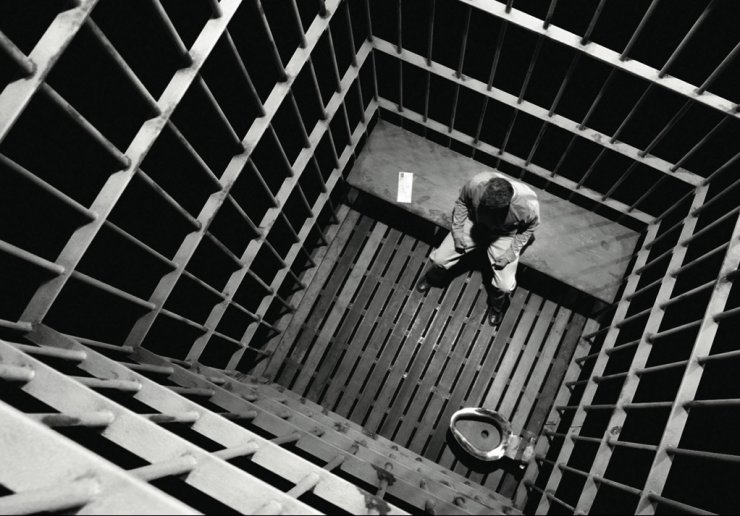[dropcap size=big]D[/dropcap]iyarbakır is a city unlike any other in Turkey. With the second longest set of historic walls in the world that enclose its densely packed antique core, it rivals better known Middle Eastern cities with the sheer magnificence of its architectural heritage. Unlike many other cities in Turkey, which have had their historic structures destroyed to make way for concrete high-rise modernity, Diyarbakır’s historic center, known as Sur, has managed to retain its traditional character, being recently awarded UNESCO World Heritage recognition.
With its structural heritage giving way to an evocative, quintessentially Mesopotamian atmosphere, Diyarbakır should by all means be one of the most popular destinations in the world; instead, within Turkey, it is branded as a backwards and dangerous place. Diyarbakır is also unique amongst Turkish cities in its misfortune.
The symptom of Diyarbakır’s tragedy is easy to identify – the majority of its inhabitants are Kurdish. To further complicate the matter is the inconvenient detail that many of its inhabitants are also Armenians. Prior to 1915, Armenians were one of the most significant portions of the population, and many Armenian intellectuals considered Diyarbakır to be the most important Armenian center in the Ottoman Empire. The Armenian Genocide saw Diyarbakır hit particularly hard, but it did not entirely end the Armenian presence in the city; many Armenians converted to Islam as a means to escape persecution, in addition to those who were forced to convert by local Muslims who kidnapped them.
After the genocide, the Turkish Republic, founded in 1923, inherited a new problem – Diyarbakır was now overwhelmingly Kurdish. The Turkish state, with its monoethnic and monolinguistic nation-state project, sought to “Turkify” its Kurdish population. The Kurdish population resisted, resulting in a fierce rebellion in 1925 that was brutally quelled. Subsequently, Turkey made Diyarbakır the focal point in its effort to modernize and Turkify the Kurdish southeast, the most economically backwards and uneducated region of the Republic.
With Kurdish ethnic expression strictly forbidden and economic development virtually non-existent, the Kurdish problem erupted once again in the 1970’s with the rise of the PKK (Kurdistan Worker’s Party), plunging Diyarbakır into a now-familiar cycle of violence.
With an estimated 40,000 deaths since the 1970s and untold economic damages, the conflict between the PKK and the Turkish state has been modern Turkey’s largest challenge. It has also resulted in generations of distrust between Turks and Kurds, a tension which has played out as Kurds have emigrated to Western Turkish cities such as Istanbul, Izmir, and Ankara as a way to escape the violence and earn better wages.
After decades of conflict, the status quo began to cool in the 2000’s, cumulating in the declaration of a ceasefire on March 21, 2013 by imprisoned PKK leader Abdullah Öcalan that was subsequently accepted by Prime Minister Erdoğan. For Diyarbakır, this slowing down and eventual cessation of hostilities allowed for unprecedented improvement of its social and economic woes.
Making Amends
In 2004, Abdullah Demirbaş, a Kurd, was elected mayor of the Sur municipality. Amongst politicians within Turkey, Demirbaş was unusual in his cosmopolitan aspirations. Seeking to restore Diyarbakır’s historic grandeur after decades of destruction amidst the PKK conflict, Demirbaş advocated for his municipality to focus on the restoration of historic structures. Mansions, mosques, gardens, and most controversially, churches, were given badly needed professional attention and resources.
Demirbaş didn’t limit his cosmopolitan ideology to structures; Kurdish, Armenian, and Assyrian identity were all encouraged, perhaps being epitomized in the Sur city hall being marked by a large sign in the Turkish, Kurdish, Armenian, and Assyrian languages, an extraordinarily taboo move in a country that pushes for a monocultural identity. Demirbaş’s innovations were viewed as separatist provocations by many in Ankara, and he was jailed on several occasions for what was deemed as terrorist propaganda.
Still, every time Demirbaş was released, he continued his work. The crown jewel of Demirbaş’s efforts was the reconstruction of Diyarbakır’s Surp Giragos Church, the largest Armenian church in the region. Derelict since the 1970s, Demirbaş and his allies oversaw a faithful restoration of the church, which was reopened in 2011, quickly becoming one of the main draws to the city, pulling in tourists from Turkey and abroad. Furthermore, the reconstruction once again turned Diyarbakır into the center of Armenian life in Turkey. For the descendants of Armenian converts to Islam, the church served as a means to reconnect with their Armenian heritage, and many of the city’s crypto-Armenian inhabitants felt safe to once again identify as Armenian.
In April of 2012 and 2015, significant memorial events were held in Diyarbakır commemorating the Armenian Genocide, generously sponsored by the Calouste Gulbenkian Foundation, a Portuguese organization which dedicates a large portion of its funding to Armenian cultural events. The openness with which the Genocide was discussed and remembered would have been impossible in any other city in Turkey. Of the reforms, British-Armenian intellectual Ara Sarafian said “…the city authorities did everything they could to retain the memory – if not recreate the reality of Diyarbakır’s Armenians…Armenians were not strangers in those lands, but lost custodians.”
In combination with the peace process, Diyarbakır was finally beginning to gain the recognition it so well deserved. New businesses were opening, the city expanding, and the infrastructure was modernizing. One Diyarbakır-born transplant to Istanbul expressed his amazement at how nightlife had become so exceptional for a city within the traditionally conservative Turkish southeast; with bars being opened up in the numerous restored mansions, serving up local Assyrian and Armenian-made wines and meze. Tourists arrived from Izmir and Istanbul, returning to the west with rapturous remarks on what they discovered. The perception that Diyarbakır was a backwater to be avoided began to change.
For Demirbaş, it was part of a wider vision. As he told Open Democracy, “…we were trying to make Sur reflect its own historical roots, because it is estimated that Sur is historically over eight or nine thousand years old and that over thirty-three different cultures have thrived there. Sur is the largest part of Diyarbakır, making Diyarbakır a multi-cultural, multi-identity, and multi-vocal city. But this remarkable diversity was denied at the foundation of the Turkish Republic, which consists only of a single nation, with a single language, and a single religion.
So we wanted to rehabilitate all of these diverse fragments which have been under the shadow of destruction and keep them alive for the future…We also wanted to give a model of peace to the Middle East, because the Middle East is constructed of different linguistic, religious, and racial groups. We plan to make Diyarbakır, and especially Sur, the center of Middle Eastern peacemaking.”
*Philip Bernard Kowalski is a US based researcher who completed his MA at the London School of Oriental and African Studies, where he studied Kurdish history. He previously lived in Turkey from 2012-2016, during which he traveled extensively across Turkey, the Kurdish southeast, and the Syrian-Turkish border, where he witnessed the rise and fall of the peace process between the Turkish government and the PKK.
- Khashoggi , Journalism and Erdogan - 13/11/2018
- Turkey’s Christians Caught Between Trump and Erdoğan - 30/08/2018
- Istanbul Pride is too Big to Suppress - 16/07/2018



